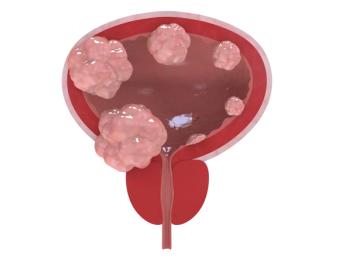
Expert Describes How Robotic Device Streamlines Cancer Surgical Process
The Epione robot eliminates the need for multiple check scans during surgery by allowing physicians to target a tumor with a single button press, according to Govindarajan Narayanan, MD.
CancerNetwork® spoke with Govindarajan Narayanan, MD, about how Epione, a robotic tool, streamlines ablative surgical procedures for cancer by minimizing the need for certain manual corrections when administering the needle to a patient’s tumor.
Narayanan, a professor of Radiology and an interventional radiologist at Miami Cardiac and Vascular Institute and the chief of Interventional Oncology at Miami Cancer Institute, both of Baptist Health South Florida, highlighted his methodology prior to the advent of the Epione robot, which involved using CT scans as guidance for manually adjusting the needle’s precision in the middle of ablative surgery. He indicated that planning and executing the procedure becomes simplified with Epione, as a single button press allows physicians to push the needle towards the targeted tumor, thereby reducing patient and operator exposure to radiation that they may experience during standard check scans.
Transcript:
The Epione robot is something that helps us with ablations or needle-based procedures that we do. When we do ablations, we typically use CT scan guidance or ultrasound. As interventional radiologists, we are trained to advance the needles in different planes. You go from the skin to the target, making adjustments to your needle along the way. To go from the skin to the target, you have to plan it; as you go in with the needle, you need to make adjustments. The needle could be a little towards the head or to the feet, or anterior or posterior.
You have to make all those adjustments as you’re doing it. Before Epione, all of this had to be done in your head, and you had to manually make the adjustments. With the Epione robotics system, you plan everything in the workstation of the robot. Once it has plotted the path for you, you can pretty much push the needle from the skin to the target with one push instead of having to do multiple check scans, which involves radiation to the patient and to the operator.
Reference
Epione. Quantum Surgical. Accessed November 7, 2023. https://shorturl.at/dqyL6
Newsletter
Stay up to date on recent advances in the multidisciplinary approach to cancer.

















































































